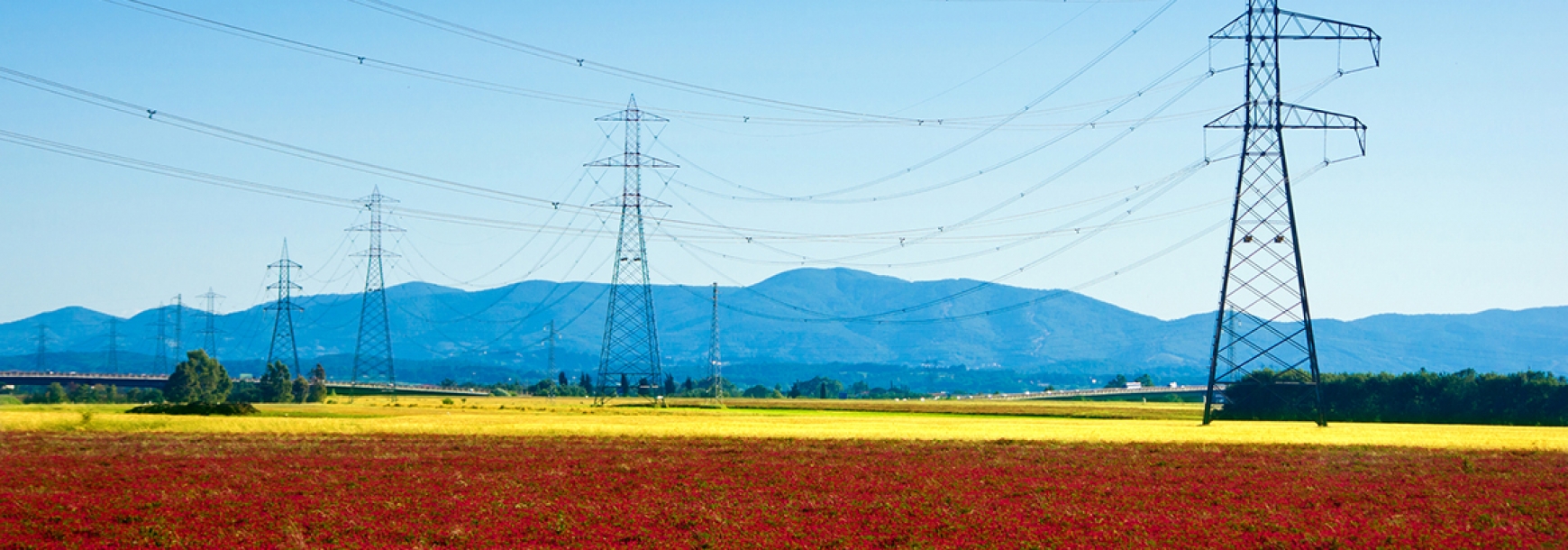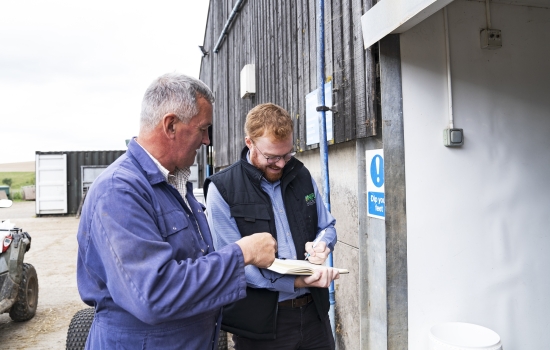One of the most common queries our clients have about overhead line systems is how near they can get to them whilst still being safe.
Even though there are some hard and fast rules about clearances, there are so many criteria to consider that working out a single ‘catch-all’ figure is impossible. Basic safety clearances are surprisingly small, but, when added to other site variables, they soon become quite significant.
Things which affect clearances are:
- The voltage of the line – the higher the voltage the greater the clearance required.
- Whether the clearance is in relation to a fixed structure, or to a passing vehicle or a piece of machinery.
- Ground conditions – in fields or on tracks which are heavily uneven, allowance needs to me made for the movement of a vehicle.
- Can a structure or vehicle be stood on, or have a ladder rested against it? Clearly, an additional allowance must be made for items which can support the weight of a person or a ladder.
Find out more:
The definitive document containing information on overhead line clearances is the Energy Networks Association (ENA)'s publication 'Technical Specification 43-8 Issue 4 (Revision), 2015 - Overhead Line Clearances'. This can be purchased from the ENA's website for £80.00.
If you have a particular clearance that you need checking or specifying, the really safe thing to do is to seek professional advice for your particular line and get an accurate clearance figure.
Other useful links:
'Working safely near overhead electricity power lines' - free download from the Health & Safety Executive website
'Appendix III Safety Clearances' - information on the National Grid website
For more information about health and safety at work, click here to visit the Health and Safety Executive (HSE) website.




